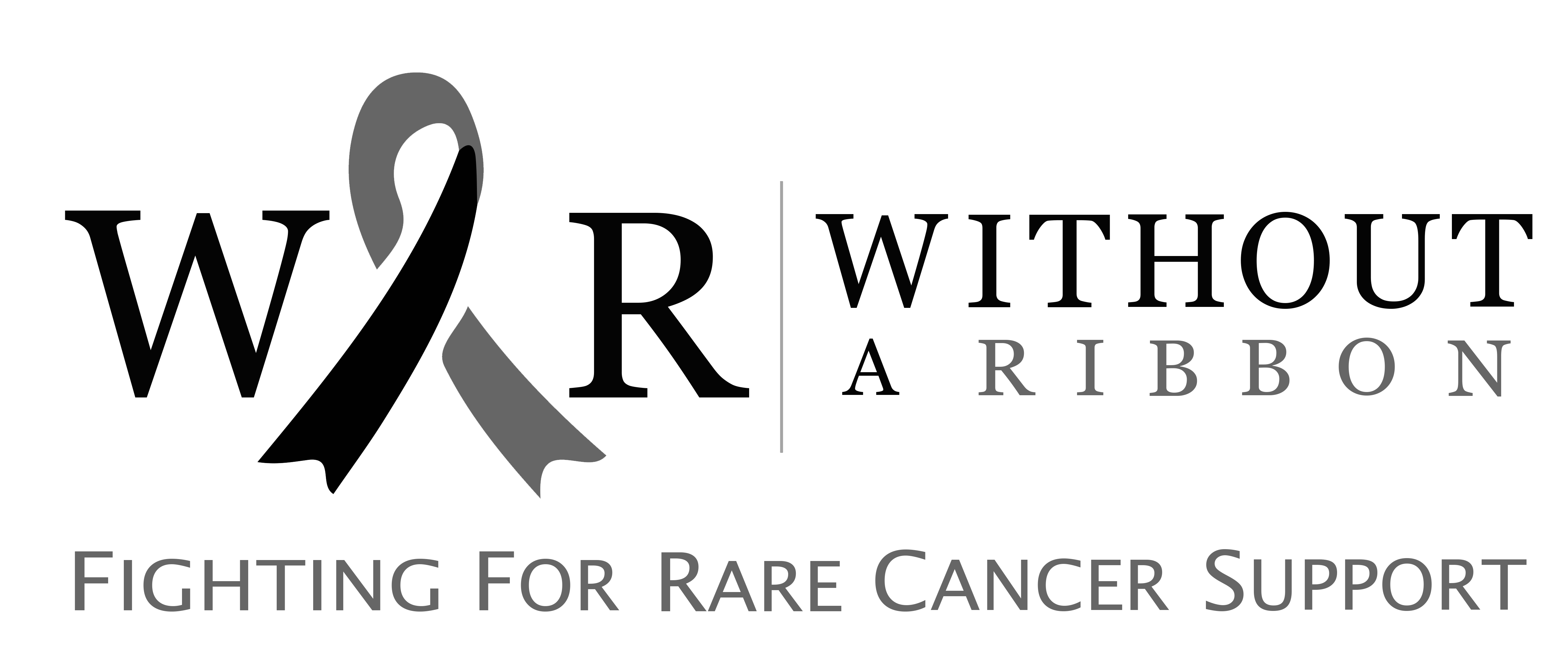What is Carcinoma ex Pleomorphic Adenoma?
Carcinoma ex pleomorphic adenoma (CXPA) is a rare type of cancer that develops from a previously benign (non-cancerous) tumour called a pleomorphic adenoma, most commonly found in the salivary glands. These glands produce saliva and are located in various areas of the mouth and jaw.
While pleomorphic adenomas are usually harmless, in about 6% of cases, they can undergo malignant transformation into CXPA. This cancer most often occurs in the parotid glands (located in front of the ears), but it can also arise in the submandibular glands (under the jaw) or minor salivary glands (scattered throughout the mouth).
Causes and Risk Factors
The exact cause of this transformation from benign to malignant is not fully understood. However, research suggests that some pleomorphic adenomas may contain abnormal or precancerous cells from the outset. Several factors may increase the risk of developing CXPA, including:
- Previous radiation therapy to the head or neck
- Environmental exposure to substances like asbestos (e.g., in mining)
- Contact with certain industrial or plumbing-related chemicals
Signs and Symptoms
Common symptoms of CXPA can include:
- A lump or swelling in the salivary gland
- Pain or discomfort in the affected area
- Difficulty swallowing
- Weakness or paralysis of facial muscles
- Facial numbness
The severity and type of symptoms may vary depending on the tumour’s size and location.
Diagnosis
Diagnosis typically involves several steps:
- Physical Examination – A thorough evaluation by a healthcare provider to assess any visible or palpable abnormalities.
- Imaging Tests – CT (computed tomography) scans or MRI (magnetic resonance imaging) help determine the tumour’s size, location, and extent.
- Biopsy – A sample of the tumour tissue is removed and examined under a microscope to confirm the diagnosis.
- Fine Needle Aspiration (FNA) – A less invasive method to collect cells from the tumour, useful when the mass is easily accessible.
Treatment Options
The main treatment for CXPA is surgical removal of the tumour. In many cases, this involves a parotidectomy, which may be partial or total, depending on the extent of the cancer.
Additional treatments may include:
- Reconstructive Surgery – To restore appearance and preserve facial nerve function, if needed
- Radiation Therapy and Chemotherapy – These may be recommended in cases of:
- High-grade (more aggressive) tumours
- Incomplete surgical removal
- Advanced disease with spread (metastasis)
- High-grade (more aggressive) tumours
You can help us with your donation:
Without a Ribbon is a charity that works hard to aid those who suffer from rare cancers. You can help our cause in a variety of ways:

